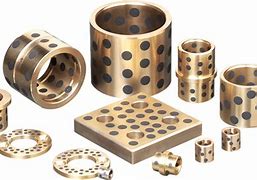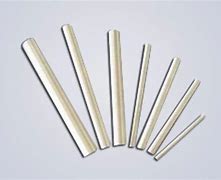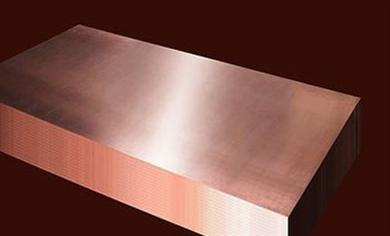So you’re staring at that brass fitting and need to connect shiny new copper pipe? Been there. Done that. Messed it up once or twice. Swapping brass for copper isn’t magic, but it needs the right moves. Forget fancy terms. This is hands-on stuff.
(How Do I Go From Brass To Copper Pipe When Doing Plumbing)
First things first. Kill the water. Seriously. Find the main shut-off valve. Turn it hard. Open a faucet somewhere low in the house. Let the pressure bleed out. Water and hot solder? Bad mix. Trust me.
Now, look at your brass piece. Is it threaded? Does it have a smooth end meant for solder? Big difference. If it’s threaded, you’re likely looking at a male or female adapter. That’s a whole other job. We’re talking about the smooth solder type here. The kind you sweat together.
Got your copper pipe ready? Good. Measure carefully. Mark where you need to cut. Use a tube cutter for a clean, square slice. A hacksaw works too, but keep it straight. A crooked cut means leaks later. Guaranteed.
After cutting, the copper end will be rough inside and out. Grab your deburring tool. Scrape the inside edge smooth. File the outside edge lightly. This step is boring. It’s also crucial. Sharp burrs rip up solder seals. Don’t skip it.
Cleanliness is king. Grab some emery cloth or sandpaper. Scrub the end of that copper pipe until it shines like new money. Do the same to the inside of the brass fitting socket. Get every bit of old solder, dirt, or oxidation off. Shiny metal is happy metal for soldering. Wipe both parts with a clean rag after. No grease, no dust.
Time for flux. Flux is like magic paste. It cleans the metal as it heats and helps the solder flow. Smear a thin, even layer inside the brass fitting socket. Coat the cleaned end of the copper pipe too. Don’t glob it on. Just a nice, thin cover. Slide the pipe firmly into the fitting socket. Give it a quarter turn to spread the flux evenly. Wipe off any excess that squeezes out.
Heat is your friend. And your enemy. Use a good propane torch. Heat the brass fitting first. Brass is thicker. It needs more heat. Play the flame evenly around the fitting base, near the joint. Don’t blast the copper directly just yet. Touch the solder wire to the joint. If it melts instantly, you’re too hot. Pull back. Wait a second. Try again. You want the heat in the metal, not the flame on the solder. When it’s hot enough, the solder will melt as it touches the joint and get sucked right into the seam by capillary action. Feed solder steadily all around the joint. You’ll see a bright silver ring form. That’s your seal.
Once the solder flows, pull the heat away immediately. Hold everything perfectly still. Let it cool naturally. Don’t blow on it. Don’t wiggle it. Let the solder solidify completely. That satisfying *thunk* sound when you tap it? That’s solid.
Safety matters. Work in a well-ventilated area. Wear safety glasses. Keep a fire extinguisher handy. Wet rags nearby are smart for dousing accidental flames on wood. Respect the torch.
(How Do I Go From Brass To Copper Pipe When Doing Plumbing)
Patience pays off. Rushing leads to leaks. Leaks lead to water damage. Water damage leads to very unhappy homeowners. Take your time. Prep right. Heat smart. That copper joint? It’ll outlast your kitchen remodel.
Inquiry us
if you want to want to know more, please feel free to contact us. (nanotrun@yahoo.com)



